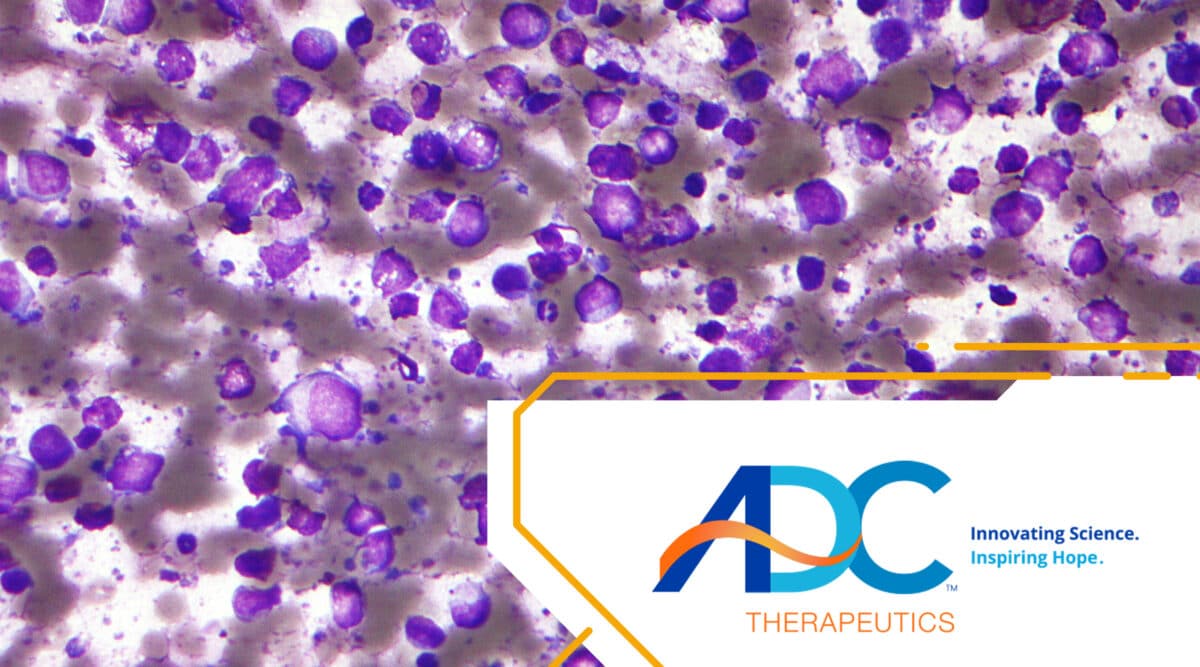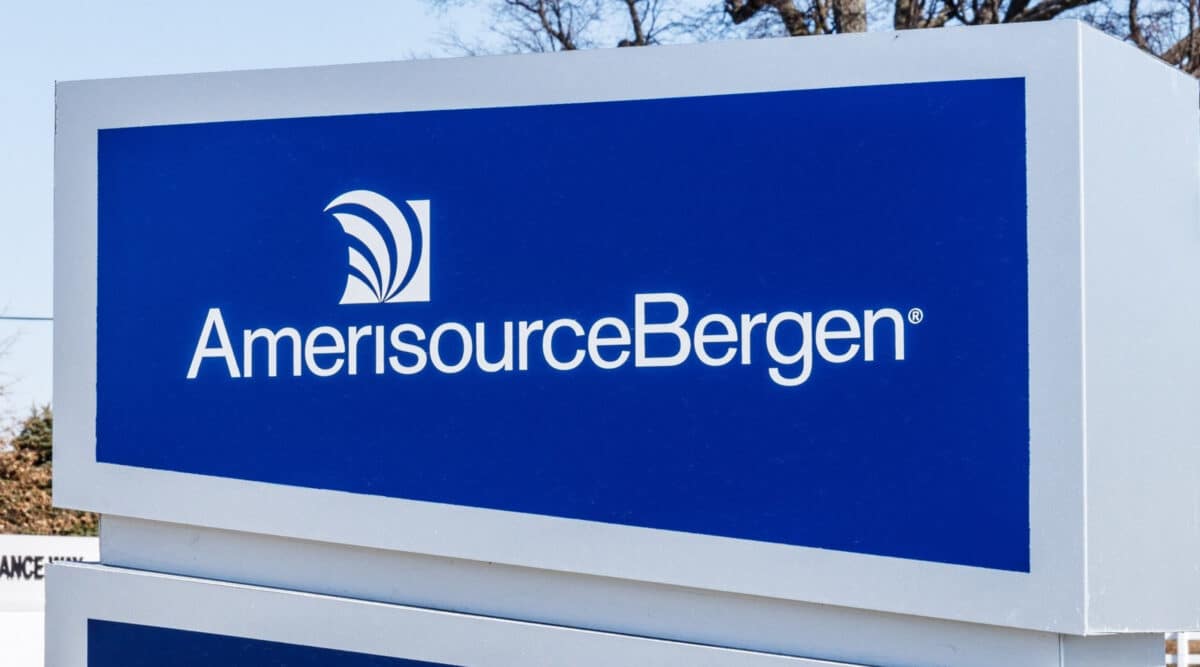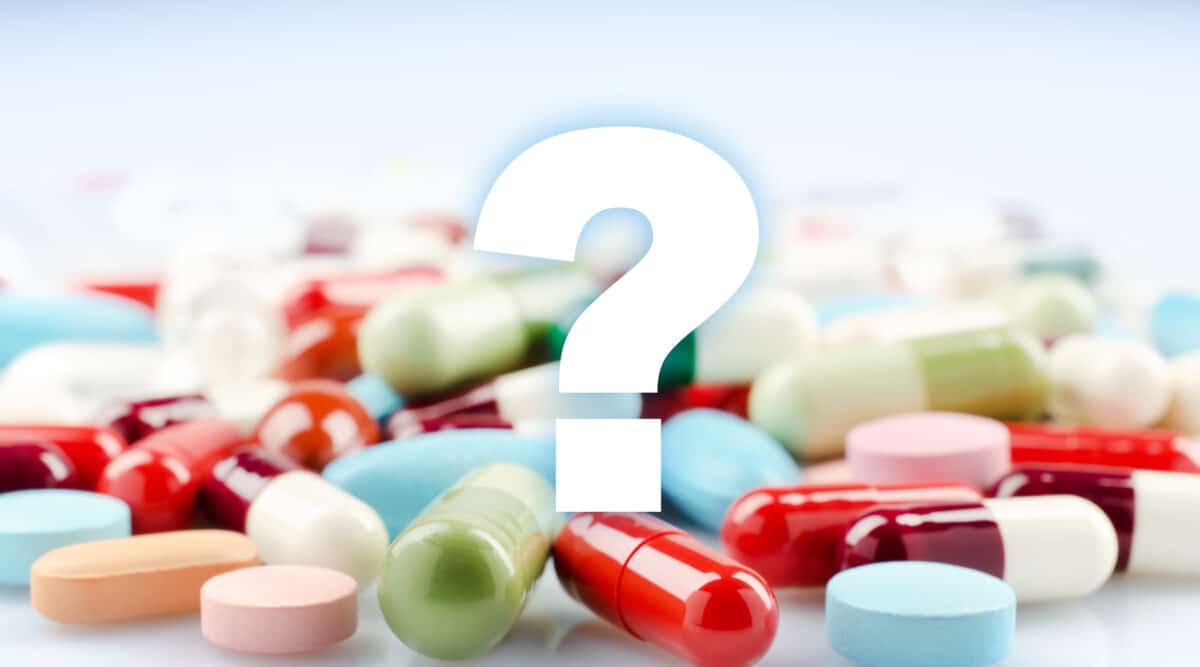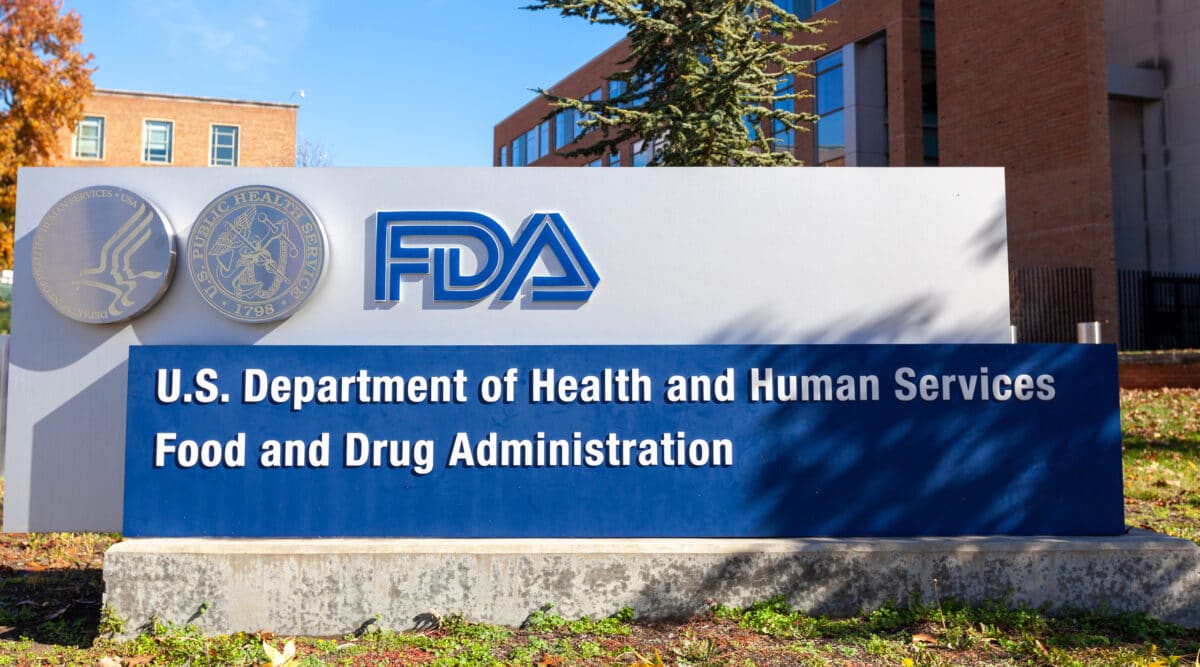How time flies!
About three years ago Amazon jumped into the prescription business throwing a new monkey wrench in the segment. So, what’s happened in that time. If you are primarily concerned about specialty pharmacy, not a lot.
Following the acquisition of Pill Pack, Amazon has been slowly and methodically building out its mail service dispensing program. They are now licensed in 45 states (not yet licensed in Hawaii, Illinois, Kentucky, Louisiana, or Minnesota.) But, they tout that they are now contracted with virtually all payers. As any large /national specialty pharmacy knows, access is critical to growing the business…. and Amazon likes nothing better than growth.
They are laser focused on mailing maintenance meds and aren’t shy to tell prospective customers that the ‘one and done’ meds should go to local retail. A GoodRx like option is also now seamlessly linked into the patient’s online pharmacy profile offering the option to select the insured/out-of-pocket price or a cash price. They promote the fact that the cash price can often be much less expensive than the insured copay or coinsurance.
Amazon and Specialty Pharmacy
Is Amazon poised to challenge the specialty pharmacy segment?
Surprisingly, it is not evident at this point.
Their web site states that they do not fill specialty pharmacy medications, compounds, and, curiously, REMS medications . Earlier we touched on contracts and licensure as key factors limiting growth. National payers have shown that they prefer to work with specialty pharmacies with broad access to specialty meds across all the major therapeutic categories (or conversely just rare or Oncology meds) and sophisticated patient medication management platforms. How long will it take for Amazon to build out those competencies? The answer is years if they build them in-house…. or, very quickly if they can find an acquisition to fast-track the effort (but who is left to acquire??).
So, is Amazon still committed to health care for the long haul? So it seems. The article below details their expansion into Telehealth services called Amazon Care. Telehealth took off in 2020 with the pandemic (what timing, huh?) and could be a very effective way for Amazon to establish their creds in a new way with payers. The article also suggests that there may be real synergies between the Telehealth business and mail pharmacy…… Just ‘sayin.
Reality check: Amazon Care may not be that big of a deal
At the moment, the effort is a more direct threat to employer-facing point solutions, instead of the more comprehensive offerings peddled by entrenched vendors.
March 23, 2021 — Amazon’s expansion of its virtual care pilot, Amazon Care, to employees and third-party employers nationwide is sparking fears the e-commerce giant could represent a significant threat to telehealth vendors after a year of unrestrained growth in the sector.
But though the idea of Amazon offering virtual care nationwide is unsettling for incumbents, Amazon Care’s current offerings and structure aren’t that disruptive, experts say, and shouldn’t noticeably affect market giants like Teladoc Health, Amwell or Doctor on Demand — at least in the near term.
“I don’t necessarily think that we see the big Teladoc and Amwells of the world shaking in their boots,” Arielle Trzcinski, principal analyst at Forrester, said. “They have a pretty strong hold on the market.”
Amazon started piloting Amazon Care 18 months ago as an on-demand preventative, urgent and wellness service for employees. Then last week, the Seattle-based behemoth announced plans to offer the program’s virtual care benefit to employers across the U.S. beginning this summer, and would offer its in-home primary care service to other Washington state-based companies and the cities of Washington, D.C. and Baltimore in subsequent months.
Analysts say the scale Amazon can bring to bear and the implications of its entrance for pricing, marketing and capital access in the telemedicine sector are indeed concerning, but the virtual care space is big enough to support multiple winners.
Despite surging demand caused by COVID-19, it’s still a massively underpenetrated market. Teladoc, the largest virtual care provider in the U.S., expects to provide between 12 million and 13 million visits in 2021, but the country sees about 850 million outpatient visits annually, Cowen analysts said in a research note on Amazon Care’s expansion.
That wiggle room bodes well for existing players, which also enjoy a significant first-mover advantage over Amazon.
Teladoc, for example, has had 19 years to build out its suite of telemedical services and capture market share. The New York-based company has thousands of clients amid major health systems, payers and employers, including over 40% of the Fortune 500.
Teladoc had been ramping up its offerings to become a one-stop virtual shop even before the pandemic, but exponentially accelerated growth plans in 2020 amid mounting consumer demand. With its $18.5 billion acquisition of chronic care manager Livongo last year, the vendor has expanded into previously niche and specialty areas like behavioral health and chronic care, and is testing other adjacencies like virtual-first primary care.
Get healthcare news like this in your inbox daily. Subscribe to Healthcare Dive:
It’s likely Teladoc will maintain the competitive advantage moving forward, according to SVB Leerink analyst Stephanie Davis. Though its stock took an initial hit late last week following the news, shares in Teladoc have ticked back up since as Wall Street digests the peripheral near-term implications of Amazon Care’s nationwide rollout.
“They’re not going to be knocked out of place,” Davis said.
At the moment, Amazon Care is a more direct threat to employer-facing virtual point solutions, instead of the more comprehensive offerings peddled by larger, more entrenched vendors, analysts say.
Such small companies like Omada, Cleo, Hinge Health and Kaia that focus on select conditions like diabetes, muscluoskeletal, hypertension or behavioral health generally have a few important employer clients and compete on price. Going toe-to-toe against Amazon, which brought in $386 billion in revenue last year, is likely a daunting prospect for the crop of digital health startups.
“The employer space is the closest thing to the wild, Wild West in the health sector,” Davis said. Employers are more willing to shop around or bet on unestablished players than health insurers or providers, which are more directly culpable for quality of care.
Amazon says it’s in discussions with numerous employers about Amazon Care, but isn’t sharing specifics. It’s likely Amazon will target smaller employers that need to save money as a starting point for sales efforts for Amazon Care, or mid-sized or large companies with concentrated workforces, Michael Abrams, managing partner at Numerof & Associates, said.
Amazon isn’t currently disclosing pricing for its virtual care platform, but will likely argue they can provide cost savings to employers that feel their current vendors aren’t delivering.
Looking strictly at the virtual visit component of Amazon Care, there’s very little distinguishing it from other large vendors. Most telehealth platforms are available right now at little to no cost and offer short wait times, though Amazon says it provides free access to a medical professional in 60 seconds or less — and will eventually link telehealth with in-home care across the U.S.
It’s also angled more as a virtual-first primary care option, treating patients through groups of providers matched with each patient based on their needs.
There’s an appetite for this on the consumer side, analysts say. Research has shown people like connecting with their own doctors, and telemedicine vendors are banking on their ability to build a sense of familiarity with virtual providers without sacrificing the convenience of an in-home visit.
Teladoc does something similar, allowing patients to connect with a preferred provider — and can match patients with chronic conditions to coaches and other support, including connected devices, thanks to the Livongo buy.
However, Amazon Care does offer some services that have been overlooked by larger vendors, including joint care. Existing joint conditions have likely been exacerbated by non-ergonomic work from home settings, Trzcinski said.
That could be a major plus for Amazon, as employers are starting to face the risk of potential short- and long-term disability claims bubbling up over the next year or so due to work from home, and may be willing to pay a premium to head those off.
Pharmacy is another key differentiator, experts say. Amazon Pharmacy, which allows consumers to complete a transaction on their desktop or smartphone through the Amazon app and get medications delivered to the home, is an option to fill scripts on Amazon Care.
That could greatly simplify the process for existing Amazon customers, linking prescription fulfillment and making it easier to order and receive all kinds of over the counter and durable medical equipment products at the same time.
With its Livongo tie-up, Teladoc checked the box on chronic care management, but pharmacy overall is “a piece I don’t see filled yet,” Trzcinski said, noting how successfully Amazon threatens existing telehealth vendors is a question of which is most effective — and most affordable. “There’s a couple of areas I think Amazon is positioned well. That doesn’t mean Teladoc or Amwell couldn’t step in and close those gaps if they wanted to.”
And familiarity with the brand is, of course, a significant competitive advantage. In the 25 years since its creation, Amazon has grown to capture almost 40% of the U.S. e-commerce market, according to eMarketer. As many as 82% of American households may have a Prime subscription according to one estimate, and that convenience — the linchpin of its brand — could smooth Amazon Care’s path in the opaque healthcare sector.
But despite these differentiators, Amazon Care has a ways to go before it’s ready to compete with the likes of Teladoc, experts say. And Amazon has been burned in healthcare before, disbanding its joint venture with J.P. Morgan and Berkshire Hathaway to lower medical costs, called Haven, earlier this year after failing to move the needle on prices.
Amazon Care could run into similar roadblocks.
“This is Amazon’s first foray into direct care delivery, and the complexities of the business more than rival those of mail order merchandizing,” Abrams said. “Amazon has a steep hill to climb.”











